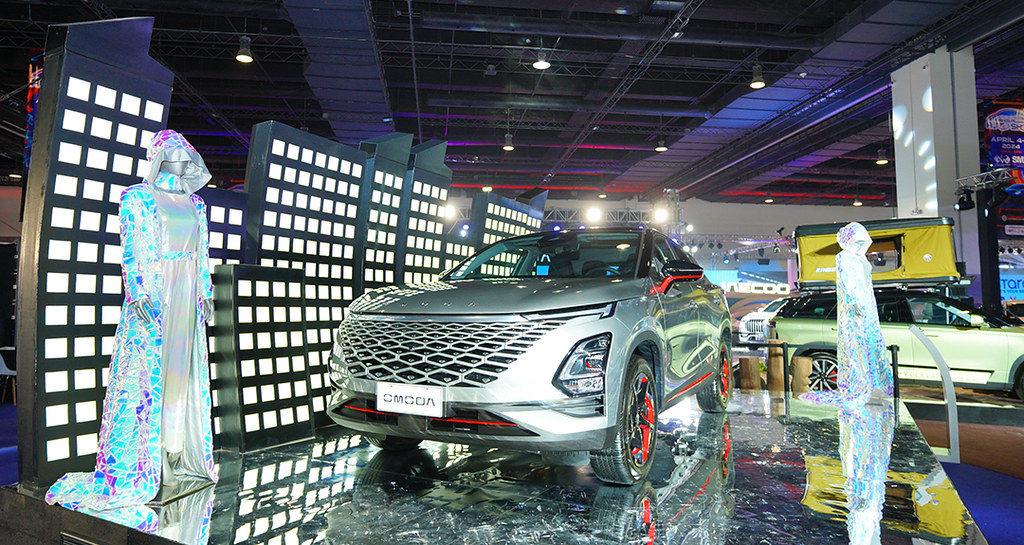Gone are the days of straightforward words that describe the types of vehicles that we drive—car, pickup, van, station wagon. Over the years, especially if you’re searching for a family car, the auto industry has successfully included the terms, “crossover” and “sport utility vehicles” into our vocabulary. Stripping away the marketing speak, is there really a difference between the two?
Using the mantra “there are no stupid questions,” let’s go back to the basics.
Car experts (me, included), have reached a general consensus that the main difference boils down to this: a crossover is based on a car’s platform, while an SUV uses a separate chassis. The result is that crossovers use a “unibody” architecture; meaning the body is stamped and serves as the structural support, while SUVs use a “body-on-frame” design; meaning that the body is built separately from the structural frame and bolted together sometime during the manufacturing process.
Now, while that definition is strictly true, it doesn’t always work in reality.
For example, how many car companies refer to car-based, unibody vehicles as SUVs even though they’re crossovers by the basic definition? How often do you hear the Ford Explorer being called an SUV? Or the Jeep Grand Cherokee? Both now use a car-based unibody design, despite their appearance and marketing, and their decades-long heritage of using a separate chassis.
Interestingly, it’s the carmakers themselves who coined the term, “crossover,” simply because SUVs had gained a bad rep for their cumbersome handling and poor fuel mileage. Thus, they engineered a new type of vehicle, crossovers, that “crossed over” the practicality of an SUV with the driveability and fuel efficiency of a car.
Coming in all shapes, sizes, and forms, crossovers have become a boon for automakers. The pioneering crossover, the Subaru Outback, may look basically like a jacked-up station wagon, but some like the Honda Pilot, BMW X5, and Porsche Cayenne come across like more traditional SUVs. Whatever the appearance though, the SUV-esque body rides on a car platform, meaning they drive and handle similarly to a car. Believe it or not, some like the Ford Explorer and Mercedes-Benz GLE-Class (formerly M-Class) have even transitioned from being a traditional body-on-frame SUV to a unibody crossover!
However, as carmakers began investing in advanced powertrains (downsized turbos and hybrid-electrics) and construction methods (extensive use of aluminum and even composites), traditional SUVs have begun narrowing the gap to crossovers in terms of handling and fuel economy. In fact, SUVs have become in vogue once more, and frankly, the line between them and crossovers has blurred.
Today, using the term SUV is quite acceptable whether a vehicle uses a body-on-frame construction or a car-based unibody design—for as long as it’s got a raised seating position and higher ground clearance. Four-wheel drive isn’t even mandatory, but chunky styling and the capability to do heavier duty work, at least compared to a standard passenger car, are. Using this broader (and widely accepted) definition, the Ford Ecosport, Volvo XC90, Honda BR-V, and Mazda CX-5 are as much SUVs as they are crossovers.
In fact, the only faux pas here is to use the term “crossover” to define a body-on-frame or pickup-based SUV. Examples of such vehicles include the Suzuki Jimny, Toyota Rush/Fortuner, Mitsubishi Montero Sport, Isuzu mu-X, Ford Everest, Foton Toplander, Chevrolet Trailblazer, and the Land Rover Defender. These are still SUVs in the original sense of the term—and in those cases, the term crossover doesn’t apply.















